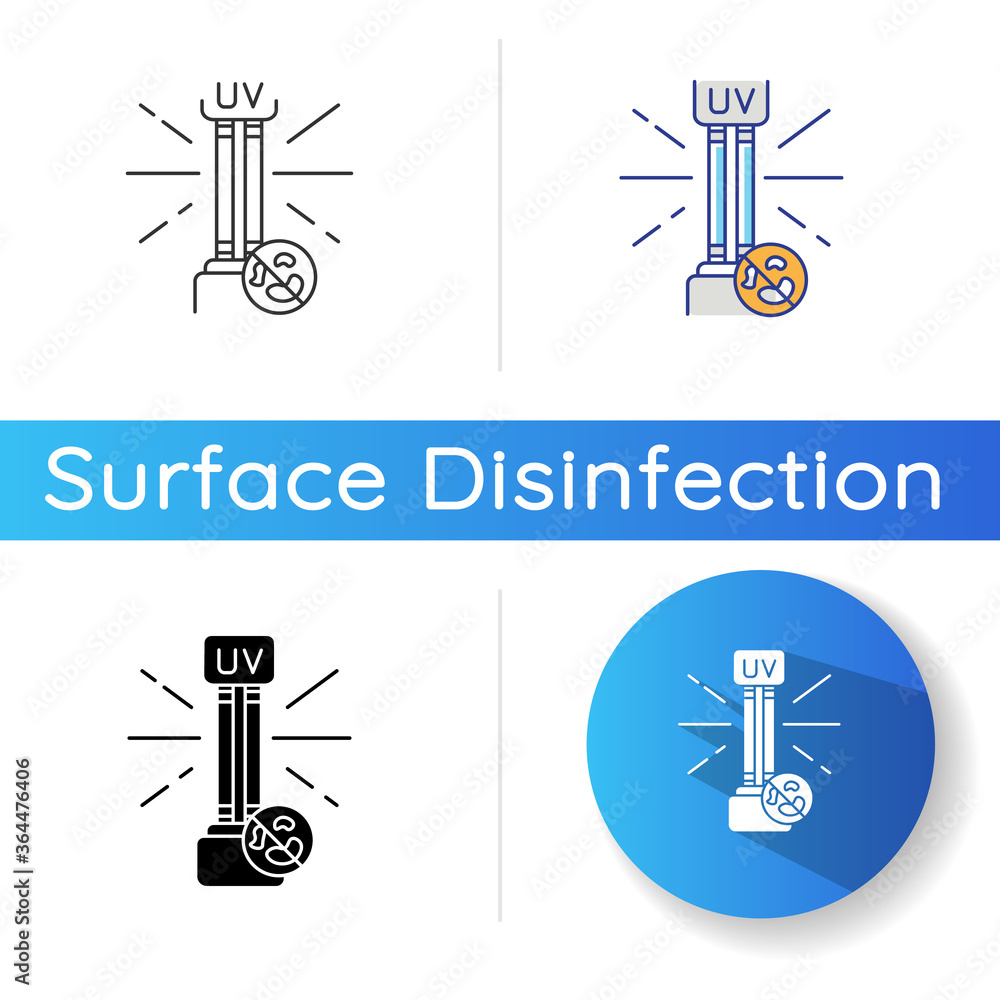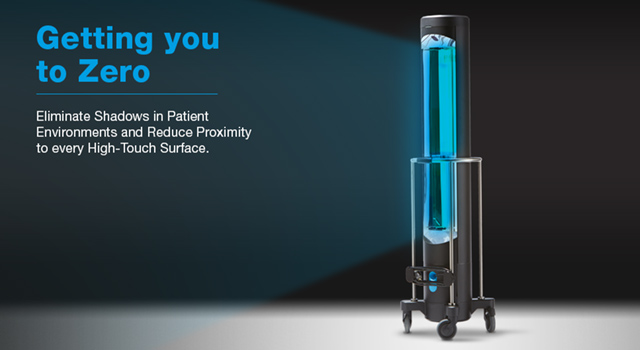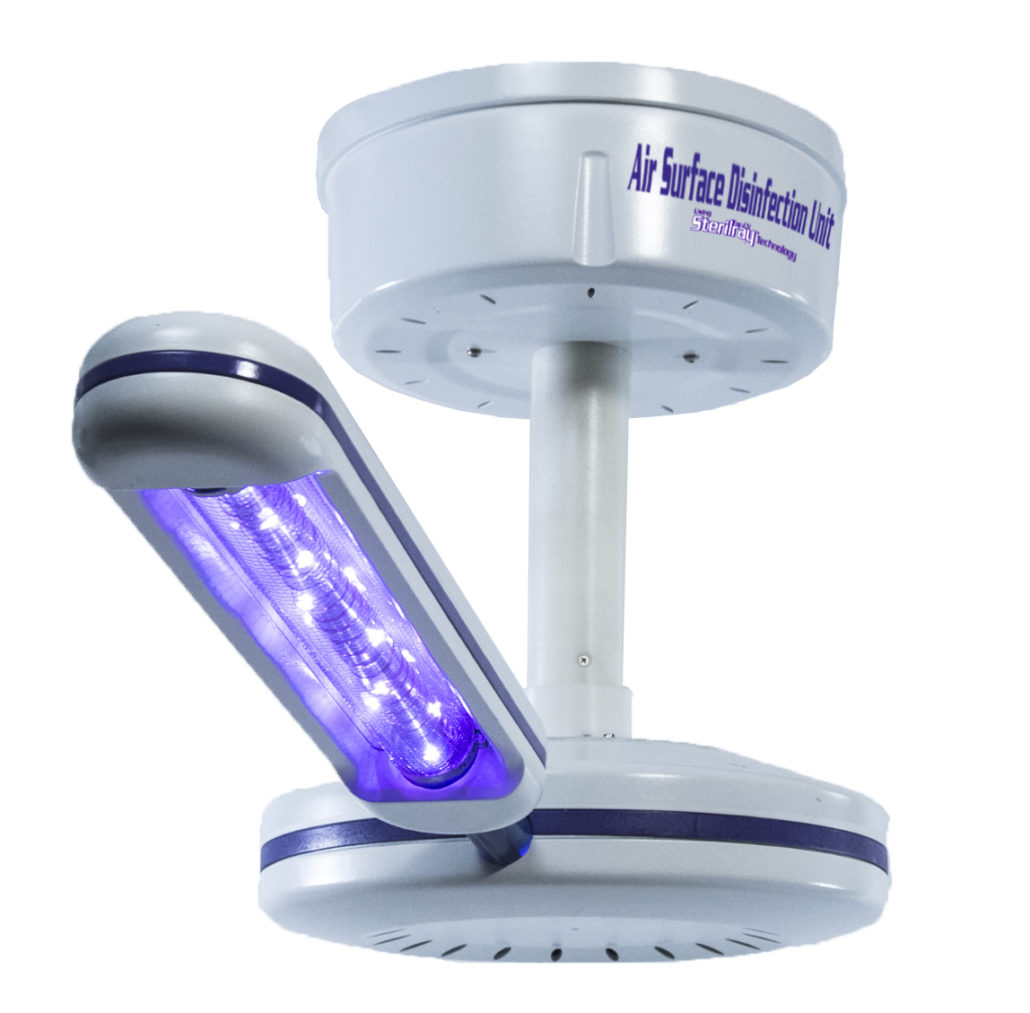UV Surface Disinfection Made Simple: Applying Ideal Practices for Optimum Outcomes
Wiki Article
UV Disinfection: The Cutting-Edge Modern Technology Changing Hygiene Practices
In the world of cleanliness methods, one technology has become a game-changer: UV disinfection. With its ability to eliminate damaging pathogens, this advanced technology is changing the method we approach sanitation and health. But how does UV disinfection work, and what are the advantages it provides? From healthcare setups to food processing, UV sanitation is making its mark in various sectors. In this discussion, we will certainly check out the details of this transformative technology and expect its appealing future.Just How UV Disinfection Functions
UV disinfection works by making use of ultraviolet light to destroy or suspend microorganisms, supplying a very efficient and chemical-free technique of hygiene. This technology takes advantage of the power of short-wavelength UV-C light, which can damaging the DNA and RNA of bacteria, therefore providing them incapable to recreate and trigger damage.The procedure starts with the installation of UV disinfection systems, which include UV lamps that produce UV-C light. These lights are purposefully placed in areas where microbial contamination is a worry, such as water therapy plants, hospitals, labs, and food handling facilities.
When microbes are revealed to UV-C light, the photons permeate their cell wall surfaces and reach the DNA and RNA inside. The high-energy UV-C photons disrupt the genetic material by producing bonds between nearby nucleotides, causing the development of thymine dimers. These dimers protect against the microbes from reproducing, providing them safe.
UV sanitation is very reliable versus a large array of microbes, including germs, viruses, and parasites. It is particularly efficient against waterborne virus like E. coli, Giardia, and Cryptosporidium. UV sanitation is a chemical-free approach, removing the requirement for potentially unsafe anti-bacterials and decreasing the risk of unsafe sanitation spin-offs.
Advantages of UV Disinfection
UV sanitation supplies numerous advantages in the field of sanitation, making it a very preferred method for effectively getting rid of damaging microbes. Unlike typical sanitation approaches that count on chemicals, UV sanitation utilizes ultraviolet light to ruin the DNA of bacteria, making them not able to recreate and cause infections.
UV disinfection is likewise very versatile in its applications. It can be utilized in numerous settings, including health centers, colleges, food processing facilities, and water treatment plants. UV disinfection systems can be conveniently incorporated right into existing sanitation techniques, offering an extra layer of security versus infectious diseases.
In addition to its effectiveness and versatility, UV disinfection is also environmentally pleasant. It does not create any type of damaging results or deposits, making it a risk-free and sustainable method for sanitation - uv surface disinfection. Moreover, UV sanitation calls for marginal upkeep and has a long lifespan, causing cost savings in the long run.
UV Disinfection in Health Care Settings
In health care setups, UV disinfection has actually emerged as a revolutionary method for successfully eliminating dangerous microorganisms. UV disinfection functions by giving off ultraviolet light at a particular wavelength that is lethal to germs, infections, and other microorganisms.To start with, UV disinfection is a non-chemical technique, making it an eco-friendly option contrasted to typical sanitation approaches that frequently include using harsh chemicals. The use of UV light gets rid of the demand for chemical anti-bacterials, reducing the risk of damaging residue or chemical direct exposure to both individuals and medical care employees.
In addition, UV sanitation is highly effective in killing a vast array of microorganisms, including drug-resistant bacteria such as MRSA and C. difficile. It offers a constant and trustworthy sanitation procedure, ensuring that all surface areas and tools are completely sanitized, even in hard-to-reach areas.

UV Disinfection in Food Handling
The application of UV sanitation extends beyond health care settings and discovers substantial value in the realm of food handling. uv surface disinfection. UV disinfection innovation is coming to be increasingly prominent in the food market as a result of its capacity to efficiently get rid of unsafe pathogens and enhance food securityOne of the major advantages of UV sanitation in food processing is its capacity to target a vast array of microbes, including mold and mildews, infections, and germs. By using UV light at details wavelengths, it is possible to interrupt the DNA and RNA of these pathogens, making them incapable to cause or recreate injury. This technology can be applied to different phases of the food processing chain, including surface disinfection, devices sterilization, and water treatment.
UV disinfection supplies a non-thermal and chemical-free method of sterilizing food. Unlike conventional disinfection techniques that count on chemicals or heat, UV technology does not leave any type of deposit or modify the preference, appearance, or nutritional value of the food. This makes it an ideal my explanation service for industries that need stringent adherence to top quality criteria.
In addition, UV sanitation systems are very easy to install and operate, requiring minimal upkeep. They can be incorporated right into existing handling lines without triggering substantial disturbances to the manufacturing process. Furthermore, UV systems have a quick treatment time, permitting continuous processing and reducing downtime.
The Future of UV Sanitation

One location where UV sanitation is anticipated to make significant developments remains in the area of medical care. With the surge of antibiotic-resistant bacteria and the need for much more efficient disinfection techniques, UV light has the prospective to play a critical duty in reducing healthcare-associated infections. UV disinfection systems can be used to decontaminate surfaces, devices, and even the air in health care facilities, helping to avoid the spread of dangerous virus and boost person safety and security.
An additional market that might take advantage of developments in UV disinfection technology is the food industry. UV light has actually currently shown to be a reliable approach for sanitizing foodstuff read this article and decreasing the risk of foodborne diseases. As technology enhances, we can expect to see extra reliable and economical UV sanitation systems being executed in food processing plants, guaranteeing that the food we consume is secure and devoid of hazardous bacteria.
Verdict
Finally, UV sanitation is a sophisticated innovation that is transforming sanitation practices in medical care settings and food handling. By utilizing UV light to eliminate or deactivate microbes, it provides various benefits such as performance, effectiveness, and safety and security. With ongoing improvements in this area, UV sanitation holds excellent potential for the future of cleanliness, giving a dependable and lasting remedy for preserving tidy and sanitary atmospheres.UV disinfection is a chemical-free technique, getting rid of the demand for potentially hazardous disinfectants and minimizing the threat of dangerous disinfection spin-offs.
Unlike standard sanitation techniques that count on chemicals, UV sanitation makes use of ultraviolet light to damage the DNA of bacteria, providing them unable to duplicate and create infections. Unlike traditional disinfection methods that rely on chemicals or heat, UV technology does Discover More Here not leave any residue or alter the taste, appearance, or dietary worth of the food. As technology improves, we can anticipate to see extra cost-effective and effective UV disinfection systems being implemented in food handling plants, making certain that the food we eat is secure and cost-free from dangerous bacteria.
In conclusion, UV sanitation is a sophisticated modern technology that is changing sanitation techniques in medical care settings and food processing.
Report this wiki page